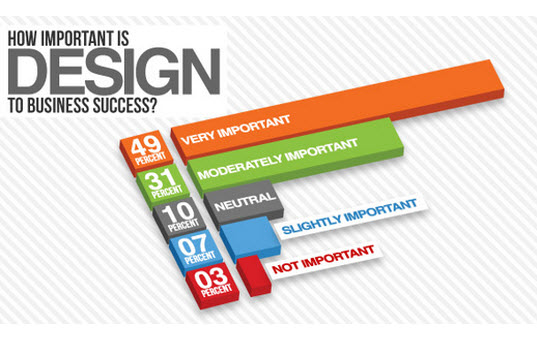The Development Of Internet Site Design: From Past To Existing
The Development Of Internet Site Design: From Past To Existing
Blog Article
Content Writer-Asmussen Wren
In the past, websites were straightforward and focused on information. Navigating was straight, and layout was for desktop computers. Currently, user experience is crucial. Data guides styles for very easy navigation. Receptive layouts suit different devices. Today, dark mode lowers pressure, and minimalist food selections boost navigating. Interactive attributes engage users, and vibrant visuals attract attention. AI combination increases involvement. See exactly how style has advanced to boost your on-line trip.
Very Early Days of Website Design
In the early days of web design, simplicity reigned supreme. Internet sites were basic, with minimal shades, typefaces, and layouts. The focus was on giving details instead of showy visuals. Users accessed the internet via slow-moving dial-up connections, so speed and capability were key.
Navigation food selections were straightforward, generally situated on top or side of the page. Web sites were created for desktop computers, as mobile browsing had not been yet common. Material was king, and developers prioritized simple readability over intricate layout components.
HTML was the main coding language used, and developers had to work within its restrictions. go to the website and interactive attributes were marginal compared to today's requirements. Web sites were static, with little vibrant content or tailored customer experiences.
Rise of User-Focused Design
With the development of web site layout, a shift towards user-focused design principles has actually ended up being increasingly famous. Today, creating web sites that focus on user experience is critical for engaging visitors and achieving business objectives. User-focused style entails comprehending the demands, choices, and behaviors of your target market to customize the site's layout, web content, and includes accordingly.
Designers currently conduct extensive study, such as user surveys and functionality testing, to gather insights and comments straight from individuals. This data-driven method aids in developing user-friendly navigating, clear calls-to-action, and aesthetically attractive user interfaces that resonate with site visitors. By positioning the customer at the facility of the layout process, internet sites can provide a much more personalized and satisfying experience.
Receptive layout has likewise become a crucial element of user-focused style, making sure that sites are optimized for numerous devices and screen sizes. This flexibility enhances ease of access and usability, satisfying the diverse methods customers communicate with web sites today. Basically, the increase of user-focused design represents a change in the direction of producing electronic experiences that focus on the demands and expectations of completion individual.
Modern Trends in Website Design
Discover the current fads forming website design today. One prominent pattern is dark setting style, offering a streamlined and contemporary appearance while lowering eye strain in low-light environments. One more vital pattern is minimal navigation, simplifying food selections and improving user experience by concentrating on essential elements. Including micro-interactions, such as animated buttons or scrolling effects, can create an extra engaging and interactive web site. https://www.searchenginewatch.com/2016/04/13/30-quick-and-easy-seo-tips-for-small-businesses/ stays crucial, making sure seamless user experiences throughout various devices. In addition, making use of strong typography and unbalanced designs can add visual rate of interest and accentuate specific material.
Integrating AI modern technology, like chatbots for customer assistance or customized recommendations, boosts customer engagement and improves processes. Accessibility has additionally end up being a significant pattern, with developers prioritizing comprehensive design techniques to satisfy diverse user demands. Accepting sustainability by enhancing web site efficiency for rate and efficiency is an additional arising pattern in website design. Collaborating with user comments and information analytics to repeat and boost style constantly is vital for remaining relevant in the ever-evolving digital landscape. By embracing these modern-day fads, you can develop an aesthetically appealing, straightforward website that resonates with your audience.
Final thought
As you reflect on the development of internet site layout from the early days to now, you can see just how user-focused style has actually become the driving force behind modern patterns.
Embrace the journey of adjustment and adaptation in website design, always keeping the individual experience at the leading edge.
Stay current with the current fads and technologies, and never quit developing your strategy to develop visually spectacular and user-friendly sites.
Progress, adjust, and create - the future of website design remains in your hands.
